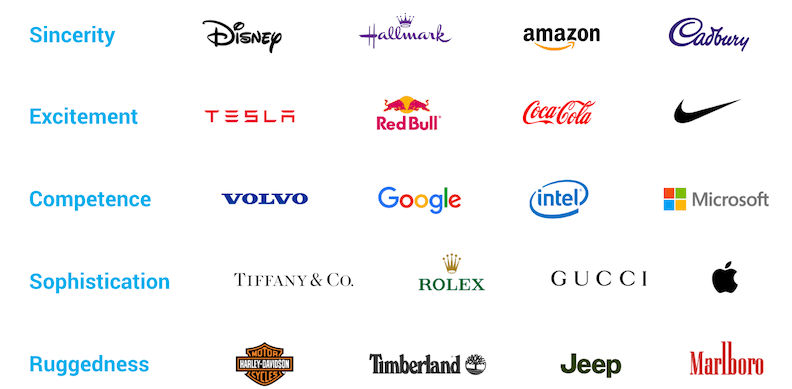The Significance of a Brand for Your Business
Creating a robust brand for your business may seem like a daunting task, akin to the effortless artistry of skilled musicians. However, it’s not as elusive as it appears.
Don’t fret! This article will delve into the crucial role a robust brand plays in your business’s success.
We’ll conclude by providing a roadmap to help you carve out your business brand, along with a handy list of brand identifiers/descriptors to kickstart your branding journey.
The Importance of a Brand
A brand transcends a mere name, logo, or catchy phrase. It embodies your business’s overall identity, character, and core essence.
It’s the distinguishing factor that sets you apart from your rivals, leaves an indelible imprint on your customers’ minds, and ultimately sways their choice in your favor.
Here’s why a robust brand is vital:
It fosters recognition and loyalty: When customers know what to anticipate from your business, they’re more inclined to trust and remain loyal to you.
It streamlines decision-making: A well-articulated brand simplifies the customer’s choice of your products or services over others.
It engenders a sense of value: A robust brand often equates to perceived quality, which can warrant premium pricing.
It bolsters marketing efforts: A clear brand message and identity can enhance the effectiveness and cohesion of your marketing.

Steps to Carve Out and Identify Your Business Brand
Now that we’ve underscored the significance of branding, let’s delve into the listicle that outlines the steps to carve out and identify your business brand.
1. Understand Your Target Audience
Before you can craft a brand that resonates with people, you need to identify your ideal customer. Consider factors like age, gender, location, income, and interests. The more specific you can be, the better.
2. Articulate Your Business’s Purpose and Values
Reflect on why your business exists and what values it upholds.
This will lay the groundwork for your brand and steer your future decisions. Be genuine and authentic in your approach – customers can discern when a brand is disingenuous.
3. Shape Your Brand’s Personality
Your brand’s personality is essentially its human traits. Is your brand playful, serious, trendy, luxurious, or adventurous?
Consider the tone and style you want to project in all aspects of your business, from your website to customer interactions.
4. Design a Memorable Visual Identity
A robust visual identity encompasses elements like your logo, colors, and typography. These should be consistent across all platforms, from your website to your social media profiles.
Strive for a design that’s eye-catching, memorable, and reflective of your brand’s personality.
5. Craft Your Brand Messaging
Your brand messaging is the narrative you weave about your business – it’s the bridge that connects you to your customers. Craft a compelling narrative that addresses your target audience’s needs and underscores your business’s unique selling points.
6. Consistently Communicate Your Brand
Once you have your brand identity in place, ensure it’s consistently communicated across all channels, including your website, social media, packaging, and even customer service.
Consistency is key, and it helps foster recognition and trust among your audience. You’ll need to collaborate with your employees and creative team to ensure they apply your brand uniformly whenever possible.
7. Monitor and Adjust
Branding is a continuous process. Regularly monitor how your brand is perceived by your audience and be open to making adjustments as required. Stay true to your brand’s core values, but don’t shy away from evolving and growing with your customers.
Here’s a list of useful brand description words to consider:
| Brand Identifier Words to Describe Your Brand | |
|---|---|
| Innovative | Minimalist |
| Luxurious | Edgy |
| Sustainable | Sophisticated |
| Rustic | Classic |
| Quirky | Youthful |
| Elegant | Bold |
| Authentic | Eclectic |
| Modern | Nostalgic |
| Vibrant | Trustworthy |
| Approachable | Artistic |
| Whimsical | Refined |
| Daring | Friendly |


